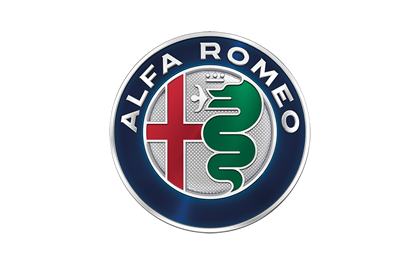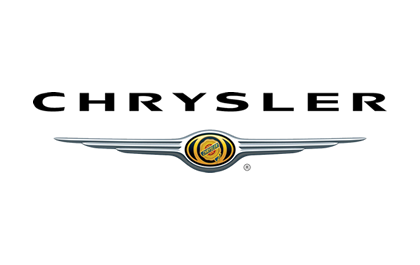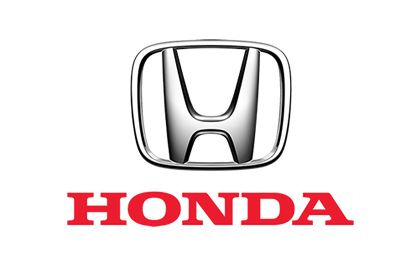 Winter driving advice - The do's and don'ts for driving in snow, ice, rain and fog.
Winter driving advice - The do's and don'ts for driving in snow, ice, rain and fog.
Driving in Icy Conditions
In icy conditions, don’t drive unless it is absolutely necessary.
If you must drive, the first thing you need to do is clean your windscreen of frost and ice to ensure you have complete visibility out of the entire window. Cleaning a small area to see through is called “portholing”, a practice that can get you fined!
- Tyre grip is greatly reduced in icy conditions, therefore braking distances are much longer. Leave a much increased gap between you and the vehicle in front.
- Brake, steer and accelerate as smoothly as possible to reduce skid risk, a higher gear and lower engine revs may be more appropriate to help find traction on packed ice.
- Black ice is a transparent layer of ice on the road surface and not easily visible to drivers, so be extra careful if the road looks ‘wet’ as it could possibly be black ice.
Driving in Snow
Only go out if necessary. Even if you can drive well in bad weather, it’s better to avoid taking unnecessary risks.
- To account for lower traction when driving on snow or ice, reduce your speed.
- Accelerate and decelerate slowly, applying the throttle slowly to retain traction and avoid skids. It takes much longer to slow down on icy or snow covered roads, so prepare well in advance and apply brakes gently.
- Increase the distance between you and the vehicle in front to 5 or 6 seconds. Providing you a greater distance to stop, if needed.
- Don’t stop if you can avoid it. If you can slow down enough to keep rolling until a traffic light changes, it’s much better.
- Applying extra throttle on snow-covered roads will make your wheels spin, and you will loss traction. If approaching a hill, get a little inertia going before you reach it, it will bring you to the top, with no sudden acceleration required. Once at the top reduce your speed and proceed slowly downhill. Don’t stop going up a hill. It will be difficult to get traction again if you do.
Driving in Heavy Rain
Firstly, only drive in heavy rain if it is absolutely necessary. If your journey is essential and can’t be delayed then it will be necessary to take care to avoid areas which are prone to flooding, and factor in extra time to allow for slower speeds and potential traffic congestion.
- Reduce your speed and increase the distance between you and the car in front, to allow for longer stopping distances.
- Use dipped headlights to make yourself more visible to other road users. DO NOT use your rear fog light, as it can dazzle drivers behind you and mask your brake lights.
- Be aware of fast moving or large vehicles creating spray which will reduce your visibility.
- If your windows are misting up, turn on your air conditioning as this will help.
- Driving too fast through standing water could lead to tyres losing contact with the road. If your steering suddenly feels light you could be aquaplaning. To regain grip, ease off on the accelerator, do not brake and allow your speed to reduce until you gain full control of the steering again.
- It should also be noted that driving too fast through deep water can cause serious and expensive mechanical damage to your vehicle, and increase the chances of losing control of the car, leading to an accident.
- Be considerate to other road users, and try not to spray cyclists or pedestrians as you drive through water.
Driving in Fog
Before entering fog, you should check your mirrors for vehicles travelling close behind you and slow down.
- Switch on your rear fog light, and front fog lights, if fitted. Use dipped beam when driving at night, main beam will reflect light back, reducing your visibility further.
- Maintain a greater distance between your car and the car in front – about 5 to 6 seconds will allow you more time to stop, if needed.
- Be prepared for a sudden bank of fog giving you little or no visibility.
- If visibility is really limited, wind down your windows and listen for traffic at road junctions.
- If visibility decreases to the point that it’s dangerous to proceed, find a safe stopping place and end your journey until conditions improve before continuing.
If you are unfortunate and do have an accident, remember to call us first on 028 38 358485.
Our 24 hour service will assist you with recovery of your vehicle.



















